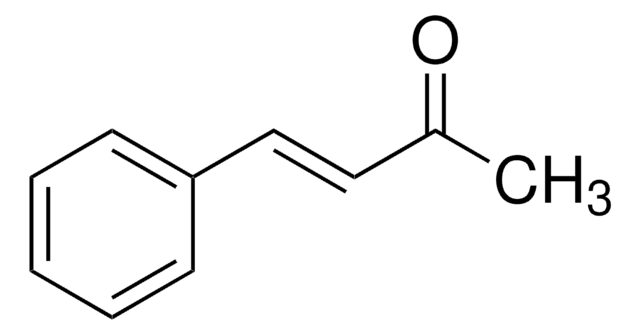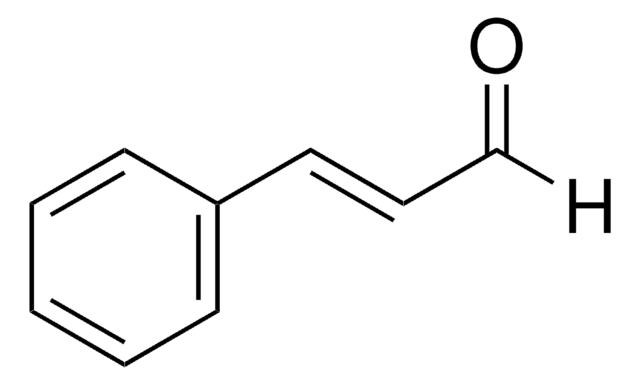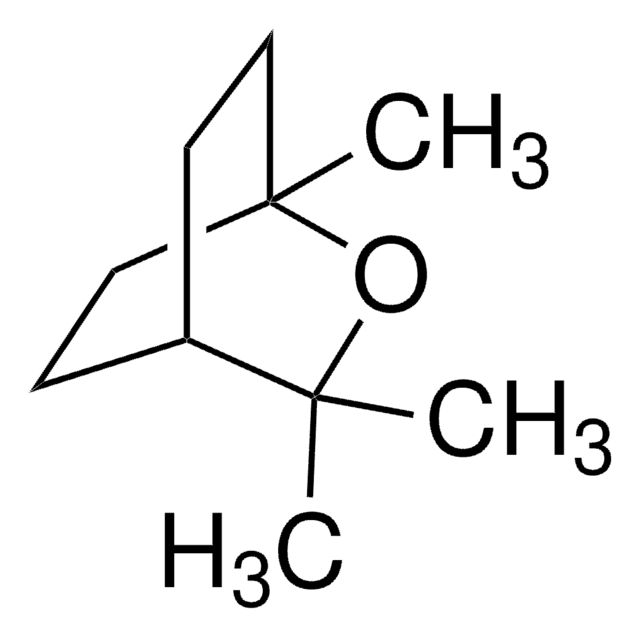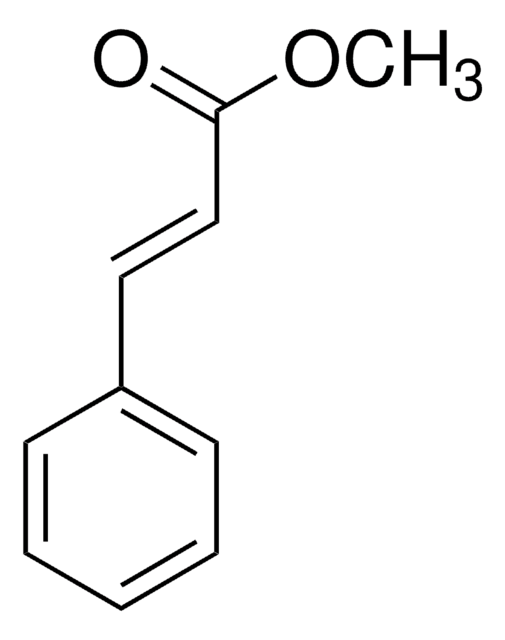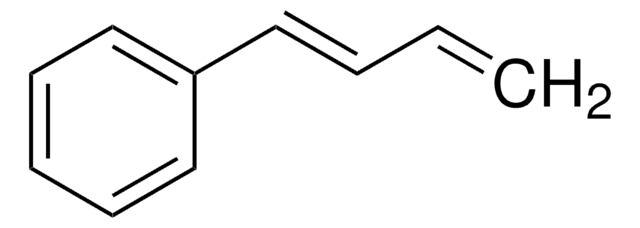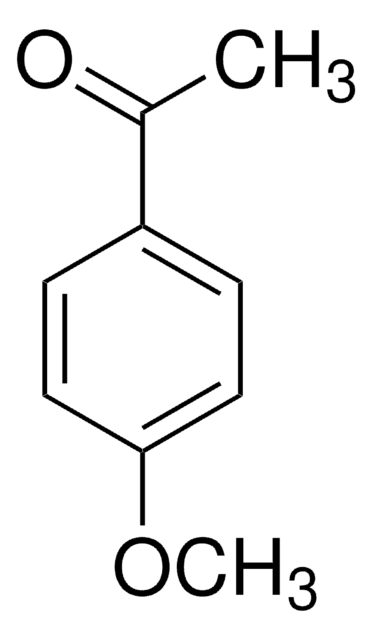W288101
Benzylideneacetone
≥98%, FG
Synonyme(s) :
Benzalacetone, 4-Phenylbut-3-en-2-one, Benzylideneacetone, Methyl styryl ketone
About This Item
Produits recommandés
Source biologique
synthetic
Niveau de qualité
Qualité
FG
Halal
Kosher
Agence
meets purity specifications of JECFA
Conformité réglementaire
EU Regulation 1334/2008 & 872/2012
FDA 21 CFR 172.515
Pression de vapeur
0.01 mmHg ( 25 °C)
Essai
≥98%
pb
260-262 °C (lit.)
Pf
39-42 °C (lit.)
Application(s)
flavors and fragrances
Documentation
see Safety & Documentation for available documents
Allergène alimentaire
no known allergens
Propriétés organoleptiques
anise; cinnamon; jam; balsamic; spicy; floral; sweet
Chaîne SMILES
[H]\C(=C(\[H])c1ccccc1)C(C)=O
InChI
1S/C10H10O/c1-9(11)7-8-10-5-3-2-4-6-10/h2-8H,1H3/b8-7+
Clé InChI
BWHOZHOGCMHOBV-BQYQJAHWSA-N
Vous recherchez des produits similaires ? Visite Guide de comparaison des produits
Catégories apparentées
Description générale
Actions biochimiques/physiologiques
Autres remarques
Mention d'avertissement
Warning
Mentions de danger
Conseils de prudence
Classification des risques
Skin Irrit. 2 - Skin Sens. 1
Code de la classe de stockage
11 - Combustible Solids
Classe de danger pour l'eau (WGK)
WGK 2
Point d'éclair (°F)
253.4 °F - closed cup
Point d'éclair (°C)
123 °C - closed cup
Équipement de protection individuelle
dust mask type N95 (US), Eyeshields, Faceshields, Gloves
Faites votre choix parmi les versions les plus récentes :
Déjà en possession de ce produit ?
Retrouvez la documentation relative aux produits que vous avez récemment achetés dans la Bibliothèque de documents.
Les clients ont également consulté
Global Trade Item Number
| Référence | GTIN |
|---|---|
| W288101-1KG-K | 4061834405047 |
| W288101-25KG | |
| W288101-SAMPLE | |
| W288101-10KG | |
| W288101-10KG-K | 4061834405030 |
| W288101-1KG | |
| W288101-25KG-K | 4061834405054 |
| W288101-SAMPLE-K | 4061834355809 |
Notre équipe de scientifiques dispose d'une expérience dans tous les secteurs de la recherche, notamment en sciences de la vie, science des matériaux, synthèse chimique, chromatographie, analyse et dans de nombreux autres domaines..
Contacter notre Service technique